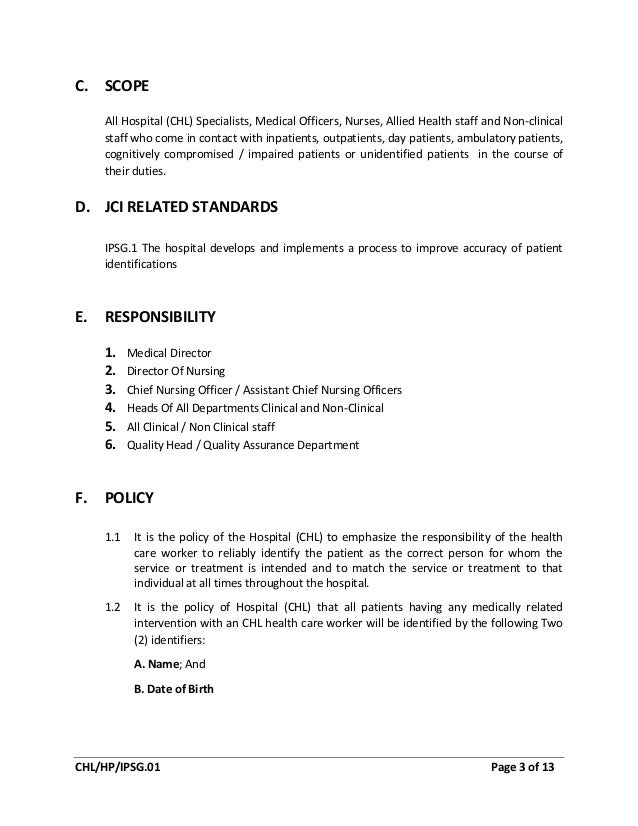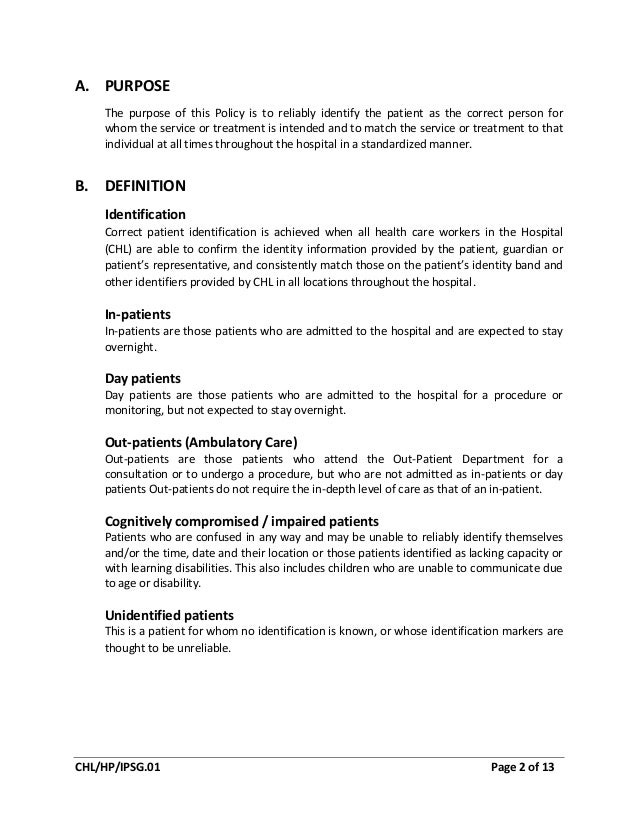Appear To Be Breathing. The Second Patient Is Ambulatory, Appears Confused,
The third patient is sitting on the ground holding the sides of his head. Is unresponsive and breathing is inadequate administer oxygen using a BVM at 15 LPM with OPA.

Disaster Triage Scenarios Docx Georgia Southern University School Of Nursing Nurs 4110 Community Health P F Grade Tuesday April 7 2020 Disaster Triage Course Hero
A stop your exam and evaluate the patients new complaint.

Appear to be breathing. the second patient is ambulatory, appears confused,. The next step in the management is. Many Types of Patient Identification Errors 1. Cervical spine collar on patient.
He is unresponsive and does not appear to be breathing. Moaning in pain intermittently answers questions confused and delirious at times GCS score of 13. Chest pain is a pressure feeling and is 1010.
An most appropriate nursing intervention is to. He is unresponsive and does not appear to be breathing. Confusion may be caused by physical sensoryemotional or environmental factors.
Examination of the wound demonstrates tense swelling. The first patient is lying supine on the ground. Arriving first to the scene you find an unresponsive person with no pulse that has thrown up.
Three hours after total thyroidectomy for thyroid cancer the patient complains of difficulty breathing. The second patient is ambulatory appears confused and is holding his arm against his chest. A confusional arousal is when a sleeping person appears to wake up but their behavior is unusual or strange.
After calling for backup you should. When you arrive you find three patients. The first patient is lying supine on the ground.
The doctor requires knowledge skill and most of all experience but can improve the chances of a correct diagnosis and appropriate management by careful history taking examination and observation. If a victim appears to be a child use JumpSTART. He is unresponsive and does not appear to be breathing.
The second patient is ambulatory appears confused and is holding his arm against his chest. Repeat the head tiltchin lift maneuver and attempt the breath again. Ambulatory Identify and direct all ambulatory patients to designated Green.
The second patient is ambulatory appears confused and is holding his arm against his chest. The first patient is lying supine on the ground. The second patient is ambulatory appears confused and is holding his arm against his chest.
The third patient is. Table 61 lists examples of factors that can cause confusion. Capillary refill 5 s pulses palpable but very weak Respiratory.
Assess intake and output every 8 hours and weigh the patient daily c. On physical examination the patient has stridor and appears to be in moderate respiratory distress. Assist the patient to cough and deep breathe every 2 hours b.
Factors that can cause confusion Physical factors Sensoryemotional factors Environmental factors Diseases of the central nervous system Lack of oxygen to the brain Fluid electrolyte and. Cervical spine not obviously tender no obvious facial injury CVS. Associating an object with patients name on a label eg.
The Hospitalist comes to assume care of the patient in the ER and admits the patient The Hospitalist then calls in the Cardiologist Both the Hospitalist and the Cardiologist report a 99223 initial. Matching the service or treatment to the right patient 3. He is unresponsive and does not appear to be breathing.
There is a high level of fluid build-up and patient is short of breath. Verifying a patient is who you think they are 2. When you arrive you find three patients.
If a victim appears to be a young adult use START. When you arrive you find three patients. If the pt.
The first patient is lying supine on the ground. Specimen belongings telemetry monitors etc 5. When you arrive you find three patients.
While performing the secondary assessment on a male patient who was ejected from his motorcycle he suddenly states that it has become very hard to breathe. If the pt. The individual may be disoriented unresponsive have slow speech or confused thinking.
Is unresponsive and breathing is adequate administer oxygen using a NRB at 15 LPM. The third patient is sitting on the ground holding the sides of his head. The first patient is lying supine on the ground.
He is unresponsive and does not appear to be breathing. The patient experiencing shortness of breath. The first patient is lying supine on the ground.
Is responsive and breathing 8 or 24 administer oxygen using a NRB at 15 LPM. The third patient is sitting on the ground holding the side of his head. C reassess the patient beginning with the head.
Encourage alternate rest and activity periods to reduce cardiac workload d. Why is shortness of breath subjective. The third patient is.
Confusional arousals typically occur in the first 2 hours of falling asleep during a transition from deep sleep to a lighter. You feel CPR is not something you are comfortable giving them. Because the patient is telling you they feel this way if the nurse noted accessory muscle use the accessory muscle use would be objective and the feeling of shortness of breath would still be subjective.
After calling for backup you should. B make a mental note and continue with your exam. He is unresponsive and does not appear to be breathing.
Used with permission Lou E. The second patient is ambulatory appears confused and is holding his arm against his chest. Choosing a patients name from a list of names 4.
If the pt. The approach to a patient who is confused demands the same principles of assessment that would be applied to other situations in neurology or medicine. A patient with heart failure HF has tachypnea severe dyspnea and SpO2 of 84.
When you arrive you find three patients. The third patient is sitting on the ground holding the sides of his head. A patient presents to the ER and their CHF is completely out of control.
If patient starts breathing. The second patient is ambulatory appears confused and is holding his arm against his chest.

Part 4 Adult Basic Life Support Circulation

Chl Hp Ipsg 01 Patient Identification 4

Acute Exacerbations Of Chronic Obstructive Pulmonary Disease A Primer For Emergency Physicians Journal Of Emergency Medicine

Qualifying Patients For Noninvasive Positive Pressure Ventilation Devices On Hospital Discharge Chest

Pdf Ambulatory Oxygen Therapy Assessment A Comparative Study Of Incremental Shuttle And 6 Minute Walking Tests

Nutrition Obesity And Cachexia In Patients With Heart Failure A Consensus Statement From The Heart Failure Society Of America Scientific Statements Committee Journal Of Cardiac Failure

Pdf Exercise Induced Dyspnea In Children And Adolescents Differential Diagnosis

Pdf Ambulatory Oxygen Therapy Assessment A Comparative Study Of Incremental Shuttle And 6 Minute Walking Tests

17 You And Your Partner Respond To A Park Where Several People Were Reportedly Course Hero

Pdf Approaching The Dizzy Patient An Overview

Pdf Patient And Caregiver Guide To Managing Covid 19 Patients At Home

Chl Hp Ipsg 01 Patient Identification 4

Post a Comment for "Appear To Be Breathing. The Second Patient Is Ambulatory, Appears Confused,"